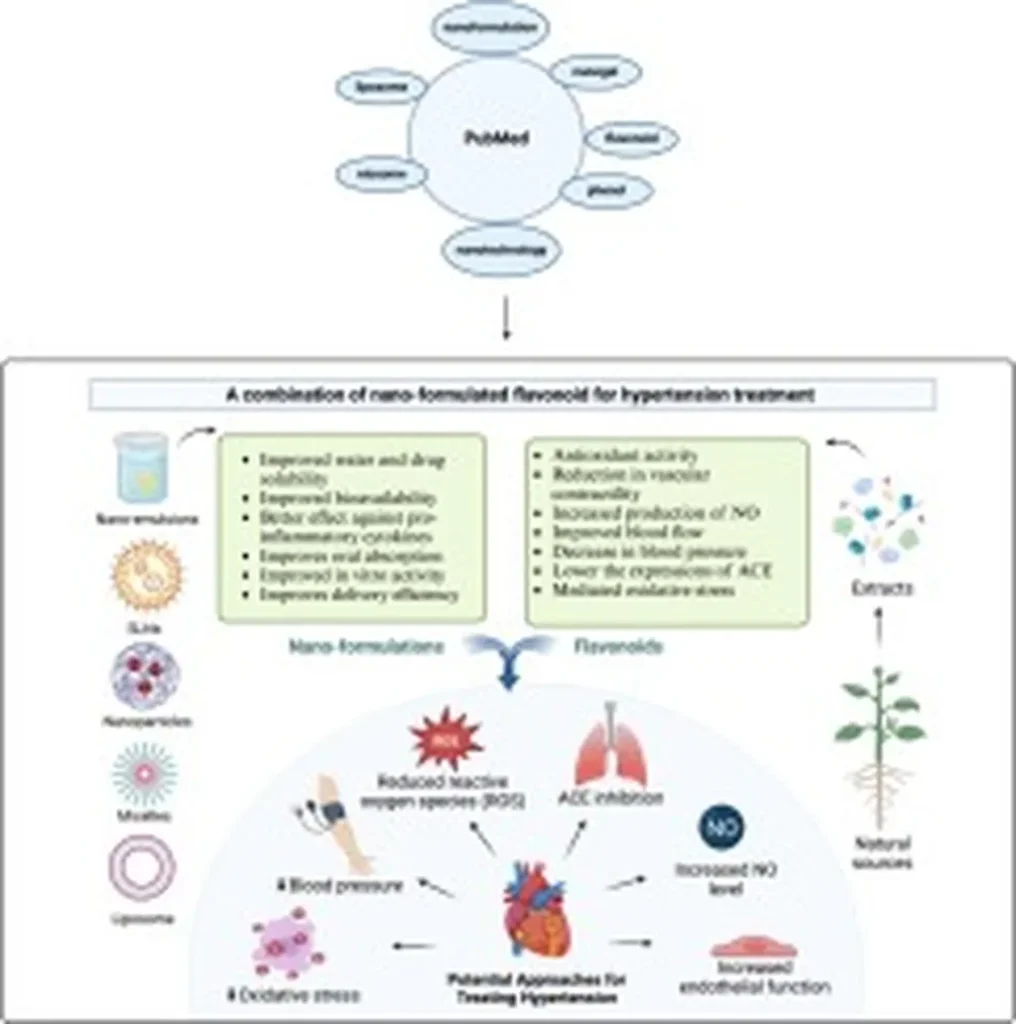In the heart of southern China, a humble plant known as Ampelopsis grossedentata has been revered for centuries for its medicinal properties. Often dubbed the “king of flavonoids,” this plant is celebrated for its high dihydromyricetin content, a compound prized for its health benefits. Now, a groundbreaking study led by Zhi Yao from the Key Laboratory of Forestry Biotechnology of Hunan Province at Central South University of Forestry and Technology has unveiled the near-complete genome of A. grossedentata, offering unprecedented insights into its genetic makeup and the regulation of flavonoid biosynthesis.
The research, published in *Frontiers in Plant Science* (which translates to “Plant Science Frontiers” in English), presents a near-complete reference genome of A. grossedentata, spanning 555.42 Mb. This genome assembly, corrected using Hi-C technology, resolved 18 out of its 20 chromosomes into gap-free assemblies. The genome comprises 44 contigs with an N50 of 21.93 Mb and 28 scaffolds with an N50 of 30.45 Mb, containing 25,999 protein-coding genes and 62.62% repetitive sequences.
One of the most significant findings of this study is the identification of two whole-genome duplication (WGD) events in A. grossedentata: a whole-genome triplication event shared by core angiosperms and a WGD event shared with the Vitaceae family. These events provide crucial insights into the evolutionary history of the plant and its genetic diversity.
The study also sheds light on the biosynthesis of dihydromyricetin, a flavanonol with potent health benefits. Through transcriptome-metabolome integrated analysis, the researchers identified the AgF3H1 gene as playing a pivotal role in this process. “The AgF3H gene is essential for converting pentahydroxy flavones to dihydromyricetin within the flavonoid biosynthesis pathway in A. grossedentata,” explained Zhi Yao. “Our molecular docking results confirm that AgF3H1 serves as a crucial regulatory gene in the dihydromyricetin biosynthetic pathway.”
The implications of this research are far-reaching. Understanding the genetic basis of flavonoid biosynthesis in A. grossedentata could pave the way for molecular breeding programs aimed at enhancing the plant’s therapeutic and nutritional properties. This could lead to the development of new varieties with higher flavonoid content, benefiting the health beverage and traditional medicine industries.
Moreover, the insights gained from this study could have broader applications in the field of plant genomics. By elucidating the evolutionary history and genetic regulation of flavonoid biosynthesis in A. grossedentata, researchers can gain a deeper understanding of similar processes in other medicinal and nutritional plants. This could open up new avenues for the development of novel plant-based therapies and functional foods.
As Zhi Yao noted, “These insights offer valuable genetic resources for the molecular breeding of A. grossedentata and enhance our comprehension of Vitaceae genomic evolution and flavonoid biosynthesis regulation in medicinal and nutritional plants.” The study not only advances our knowledge of A. grossedentata but also sets the stage for future research in plant genomics and biotechnology.
In the ever-evolving landscape of agritech, this research represents a significant step forward. By unraveling the genetic secrets of A. grossedentata, scientists are not only unlocking the potential of this remarkable plant but also paving the way for innovative developments in the field of plant science. The journey to harness the full potential of A. grossedentata has just begun, and the possibilities are as vast as they are exciting.

